Is the Creative Window of AI Art Closing?
Have you, like Neo in The Matrix, recently experienced that déjà vu feeling when scrolling through the stream of AI-generated images online? You think to yourself, “I recognize this.” The pose, the environment, the composition, the color palette—haven’t I seen it before? Is it not just a parade of stereotypes, clichés, and stock images that dominate our visual landscape? There are several potential explanations for this phenomenon.
Firstly, human creators are inherently limited in the types of images they produce. Our creativity often draws from existing patterns and conventions. Secondly, the AI algorithms that generate these images have been trained on specific datasets, which can lead to repetitive results. Lastly, commercial AI tools have gradually tightened the creative boundaries, favoring technical refinement over artistic expression.
Being an artist involves creating something novel, something that no one else has thought of before. It’s about making new connections, experimenting, and combining elements in fresh ways. We often say that artists “think outside the box,” and in psychology, this is referred to as divergent thinking. It’s the ability that distinguishes an artist from an ordinary creative person. While creativity may yield new things, true artistry takes it a step further, producing something different and unique. Consider Marcel Duchamp’s “ready-made” art, where he signed a urinal, or the cubist approach of painting nature using only rectangles.
When a new technology emerges, artists are typically the first to explore and experiment with it. This was the case with photography and net art. However, as technology becomes standardized, the room for experimentation diminishes. Internet art, once vibrant, has faded into the background due to the ubiquity of the medium. Photography, too, persists, but much of the post-processing and effects are now applied digitally because the technology is almost too perfect.
Do you recall when you started creating AI-generated images a few years ago? The fascination with bizarre images that appeared on your screen—hands with seven fingers, limbs merging seamlessly with furniture, and ghostly, indistinct scenes. Environments turned surreal or absurd. It was like wandering through the uncanny valley or stepping into a Salvador Dalí painting influenced by LSD. Back then, AI interpreted your prompts with a mix of creativity, frustration, and challenge. You were an explorer on a new creative continent seemingly without borders.
Now, commercial companies are closing that creative window. Images are becoming more uniform, boundaries stricter, and certain prompts blocked. Even inappropriate content is filtered out. You can’t even write a prompt featuring Madonna and the baby Jesus, as “Madonna” is a stop word. Pop icon Madonna’s privacy takes precedence over Jesus’ mother. While the intention is to prevent harmful images, it also stifles artistic creativity.
Art has always pushed boundaries and provoked thought. It reflects the human experience, including violence, sex, and other dark emotions. Look around the world—we live in challenging times, and art should mirror that reality. And most people doesn't look like young photomodels and most artist don't want to create sunny perfect images fit for commercials or illustrations, they want to create art. They want to have the possibility to create dirty, ugly, disturbing pictures that effects people and make them think and reflect about life. But if artists can only create cute and harmless images using today’s AI tools, what artistic value do they truly offer?
It indeed feels like the window for experimenting and creating new, fascinating AI artworks is gradually closing. While it’s stil possible to install certain AI tools on your computer and run them unfiltered, doing so often requires technical expertise and are not for everyone to master. Regardless, AI art seems to be moving toward mainstream adoption, becoming increasingly standardized and homogenized. Unfortunately, this trend may render it less appealing to those who seek to stretch their artistic creativity and challenge their own imagination.
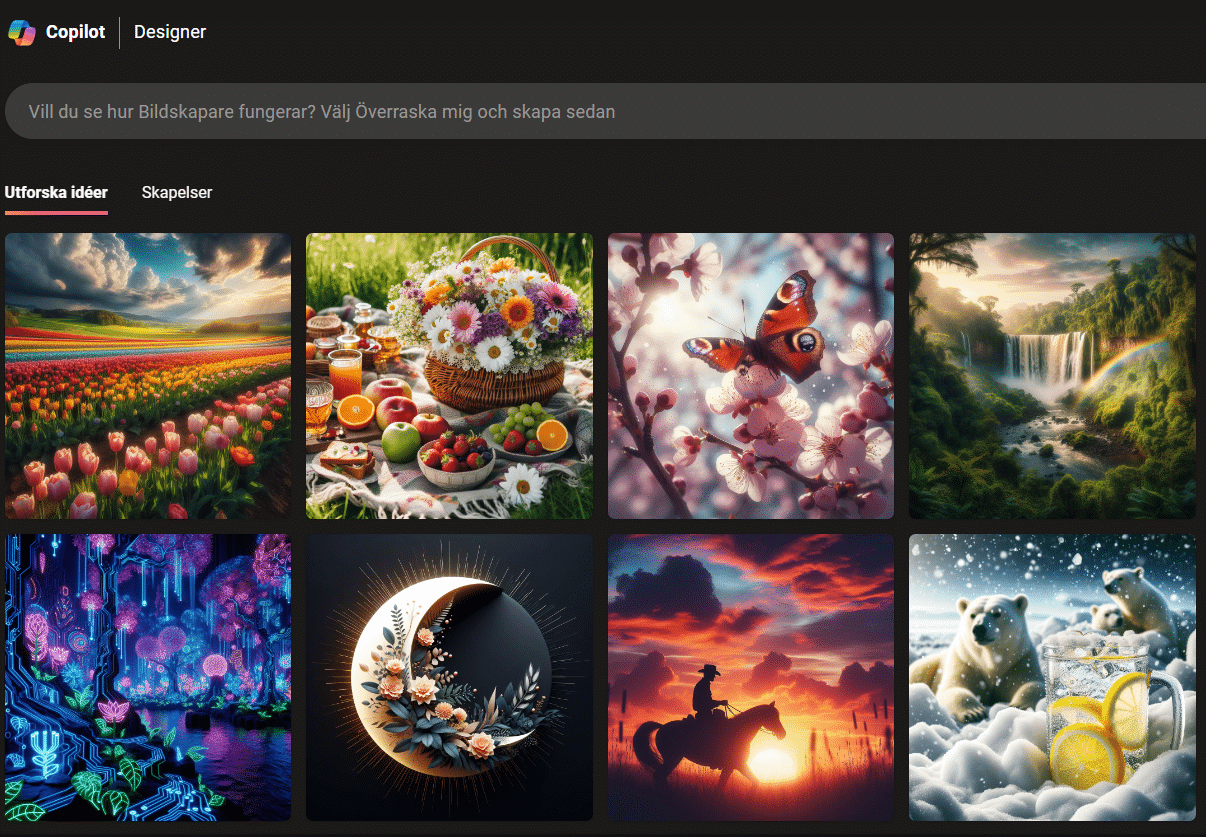
Suggestion of images you can create with Dall-E.

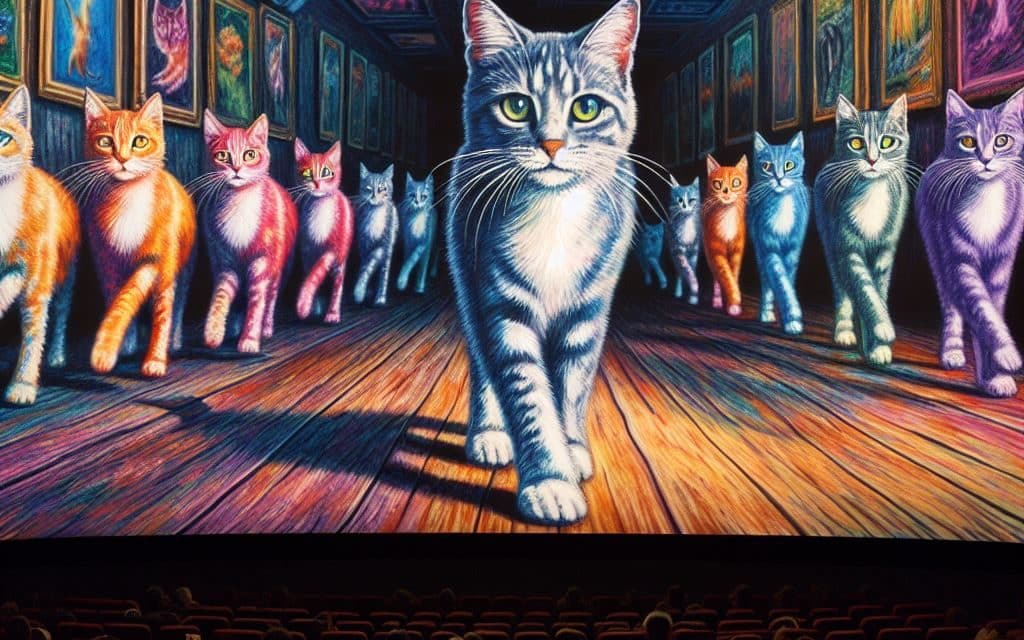
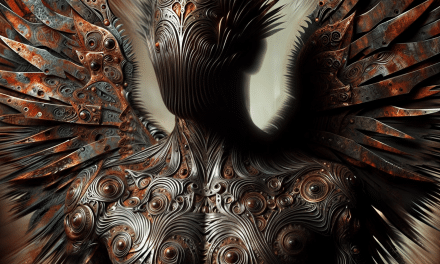
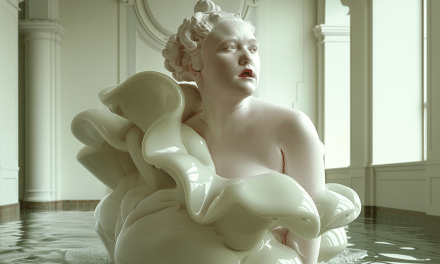
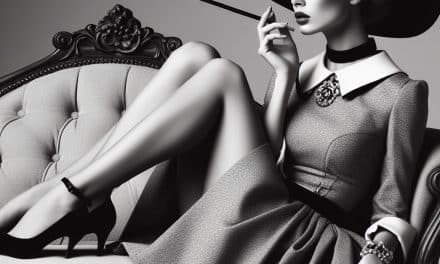
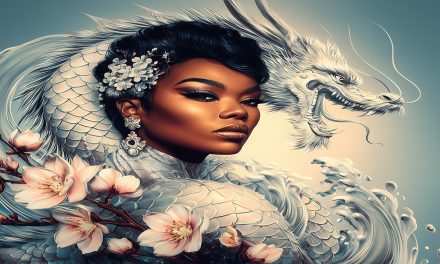
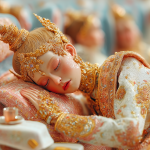
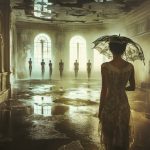
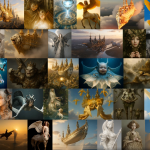



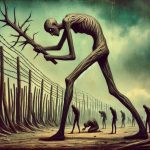



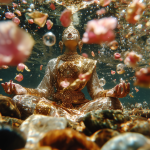
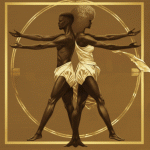
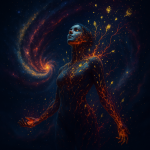
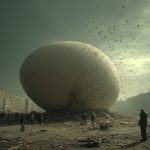

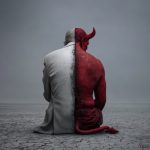
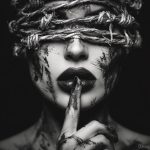


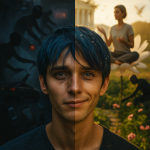
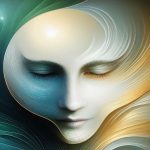
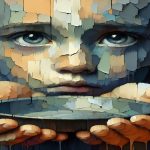

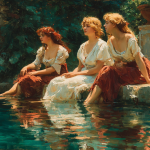
Comments